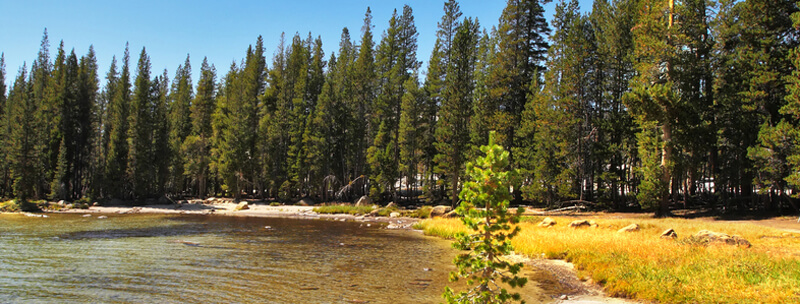Last year, the New Jersey Department of Environmental Protection proposed significant changes to the State’s Stormwater Management Rules, N.J.A.C. 7:8 et seq. (the “SWMR” or “Rules”) that set forth standards and requirements for the management of stormwater runoff associated with major developments. On March 2, 2020, the amendments to the SWMR were adopted with only minor, non-substantive revisions to the original proposal. Most significantly, the amendments require major developments to utilize green infrastructure to meet the groundwater recharge and stormwater runoff quantity and quality standards. In addition, the amendments revised the definition of a “major development” in a manner that considerably expands the reach of the Rules. Developers should take note of these changes as they are fairly burdensome, and thus, likely to increase costs for new developments and construction projects. Notably, however, the SWMR amendments do not become operative until March 2, 2021 (one year from adoption).
While our April 9, 2019 blog article, Storm(y) Waters on the Horizon: Changes to Regulation of Stormwater in New Jersey, highlighted a few of the proposed revisions to the SWMR, below is a summary of several of the key changes that have since been adopted:
- Green Infrastructure – The NJDEP replaced the requirement to incorporate nonstructural stormwater management strategies to the “maximum extent practicable” with a more specific requirement to use green infrastructure to meet the applicable stormwater management standards. “Green infrastructure” is defined as a stormwater management measure that manages stormwater close to its source either by:
- Treating stormwater through infiltration into subsoil or by filtration through vegetation or soil; or
- Storing stormwater runoff for reuse.
Developers will need to use non-structural measures like bio-swales, green roofs, rain gardens and pervious paving to address stormwater runoff.
- Definition of Major Development – The definition was revised to mean an individual development as well as multiple developments that individually or collectively result in:
- The disturbance of one or more acres of land since February 2, 2004;
- The creation of one-quarter acre or more of “regulated impervious surface” since February 2, 2004;
- The creation of one-quarter acre or more of “regulated motor vehicle surface” after March 2, 2021; or
- A combination of 2 and 3 above that totals an area of one-quarter acre or more.
Major development includes all developments that are part of a common plan of development or sale (for example, phased residential or commercial development) that collectively or individually meet any one or more of the items above. This change certainly broadens the scope of projects that will trigger compliance with the SWMR and it includes a look-back to 2004.
- Total Suspended Solids (“TSS”) Removal Requirement – The amendments change the TSS removal requirements. Specifically, the TSS removal requirements now apply to runoff from motor vehicle surfaces, but do not apply to impervious surfaces not traveled by motor vehicles, like sidewalks, hardscape plazas, and rooftops. While this adjustment to the SWMR relieves developers of complying with the TSS removal requirements for certain impervious surfaces, it may expand the requirement to areas like gravel roadways that were not captured by the requirements in the past.
As noted above, the amendments to the SWMR were adopted with only minor cleanup/clarification revisions to the original proposal. The only change of particular note relates to the obligation to obtain approval of a variance in the event that green infrastructure will not be used to satisfy the applicable stormwater management standards. Since certain types of Manufactured Treatment Devices (“MTDs”) meet the definition of “green infrastructure,” the NJDEP clarified that a variance for use of an MTD is only required if the MTD does not meet the definition of “green infrastructure.”
According to the NJDEP, the amendments to the SWMR will more effectively reduce stormwater volume, reduce erosion, encourage stormwater infiltration and groundwater recharge, and minimize the discharge of stormwater-related pollutants into the environment. While environmental groups have criticized the amendments as not doing enough to address environmental issues related to stormwater runoff, these changes impose significant new burdens on developers. Now that these changes to the SWMR have been adopted, developers and property owners should carefully consider how these changes may affect their existing or planned projects.
Take note that the NJDEP plans to make additional revisions to the SWMR that will go beyond the recently adopted amendments. We plan to apprise our readers of these changes as more information becomes available.
For more information, please contact the author Jaan M. Haus at jhaus@riker.com or any attorney in our Environmental Practice Group.





